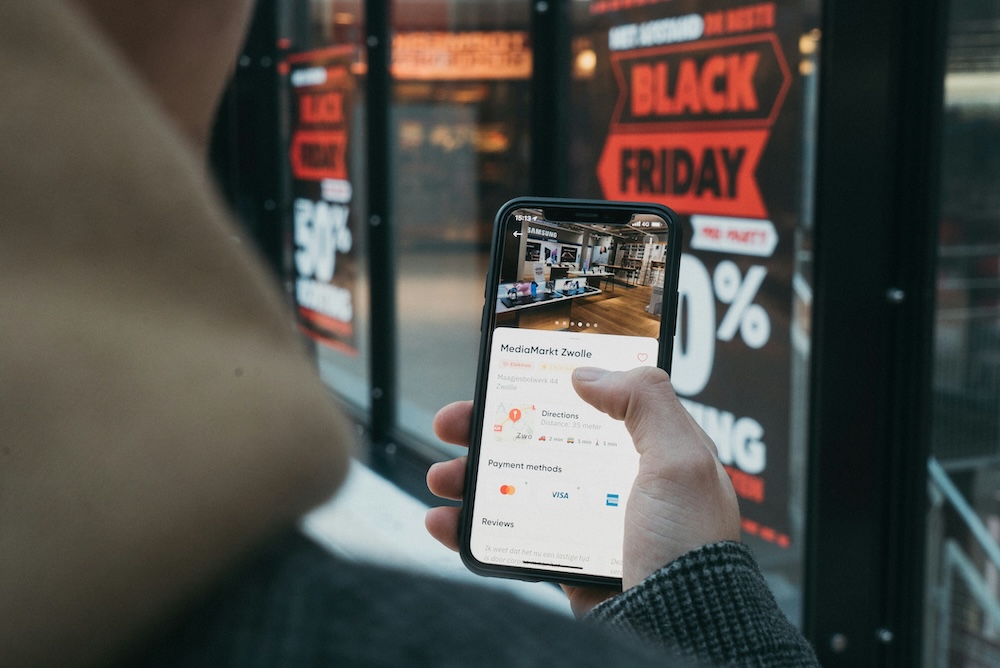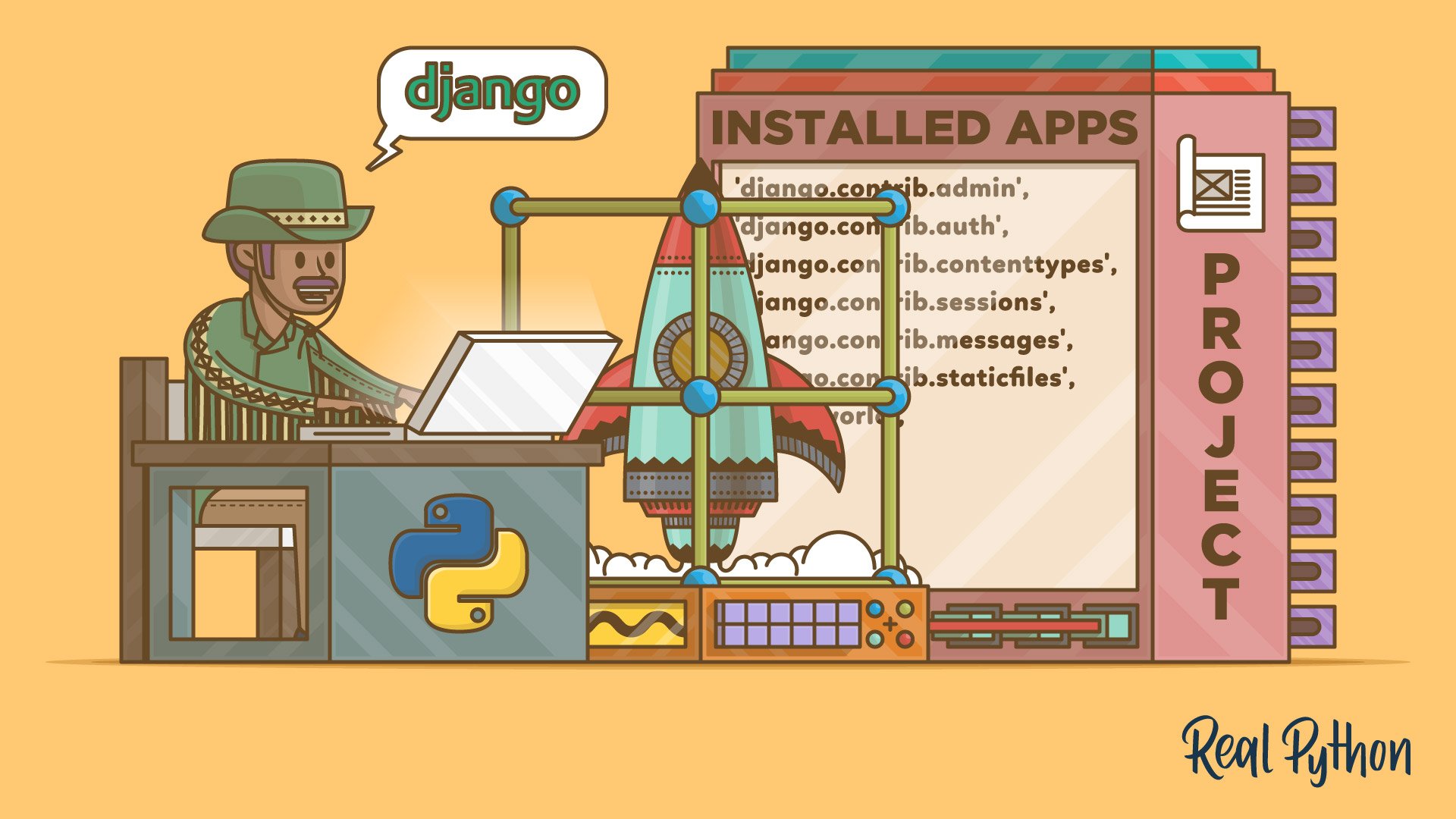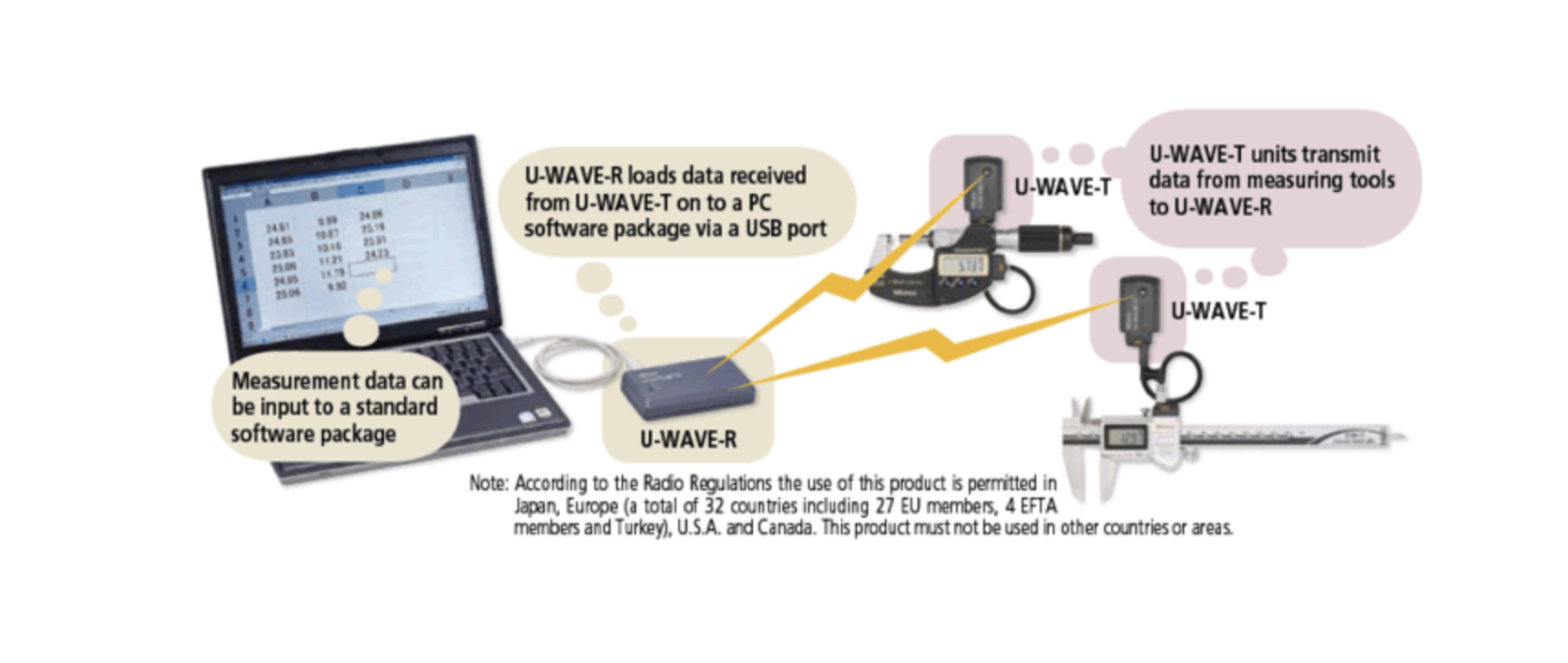🚀 How to Apply The Cold Start Problem Concepts to Grow Your eCommerce Business
Starting a successful eCommerce business is exciting but also challenging, especially when it comes to acquiring your first customers and scaling profitably. The biggest hurdle? The Cold Start Problem—when your online store lacks enough users to drive real growth.
In The Cold Start Problem, Andrew Chen explains how businesses like Amazon, Uber, and Airbnb overcame this issue by leveraging network effects. In this article, we’ll apply these principles to MyShop, an eCommerce platform, and show you how to attract customers, increase sales, and build brand loyalty effectively.
🔥 Understanding the Cold Start Problem in eCommerce
The Cold Start Problem occurs when an online business struggles to attract its first set of buyers and sellers. Without initial traction, it’s hard to drive organic traffic, gain customer trust, or create a self-sustaining sales loop.
💡 How Network Effects Solve the Problem
Chen’s framework focuses on:
- Atomic Networks – The smallest group of engaged users that make your platform valuable.
- Growth Strategy – Expanding this small user base into a thriving marketplace.
- Defensibility – Creating a business model that keeps competitors out.
🛍️ Step-by-Step Workflow to Apply The Cold Start Problem to MyShop
To make these concepts actionable, here’s a MermaidJS workflow outlining the eCommerce growth strategy for MyShop:
graph TD;
A[Launch MyShop] --> B[Identify Atomic Network];
B --> C[Target Early Adopters];
C --> D[Offer Incentives & Deals];
D --> E[Encourage Repeat Purchases];
E --> F[Leverage User-Generated Content];
F --> G[Implement Referral & Loyalty Programs];
G --> H[Scale Growth with SEO & Paid Ads];
H --> I[Build Community & Brand Trust];
I --> J[Defensibility: Retain Users & Expand Offerings];Step 1: Identify Your Atomic Network
Instead of selling to everyone, focus on a niche to get initial traction.
💡 Example for MyShop:
- If MyShop sells eco-friendly products, start by targeting sustainability-conscious shoppers.
- If MyShop is a fashion marketplace, focus on independent boutique brands and trendy shoppers first.
Step 2: Target Early Adopters with Strong Demand
- Use Google search trends and social media groups to identify high-intent buyers.
- Run micro-influencer partnerships to create buzz.
- Offer early-bird discounts for first-time shoppers.
Step 3: Offer Incentives to Kickstart Transactions
💡 Popular eCommerce incentives:
✅ Limited-time discounts (e.g., “50% off for first 100 customers!”).
✅ Free shipping on the first purchase.
✅ Buy One, Get One Free (BOGO) to drive immediate purchases.
Step 4: Encourage Repeat Purchases with Engaging UX
- Optimize checkout speed for a seamless shopping experience.
- Use email marketing automation to remind users of abandoned carts.
- Offer personalized recommendations based on user behavior.
Step 5: Leverage User-Generated Content (UGC) for Social Proof
🔍 SEO keywords: "best products with real customer reviews", "authentic product recommendations"
- Encourage buyers to leave reviews with photos/videos.
- Share user testimonials on social media to increase credibility.
- Reward customers for posting unboxing videos or Instagram posts.
Step 6: Implement Referral & Loyalty Programs
🔍 SEO keywords: "best eCommerce referral programs", "how to earn rewards by shopping"
- Give discounts for referring a friend (e.g., "Give $10, Get $10").
- Introduce VIP memberships with exclusive benefits.
- Offer points-based loyalty rewards (e.g., every $1 spent = 1 point).
Step 7: Scale Growth with SEO & Paid Ads
🔍 SEO keywords: "best products to sell online 2025", "how to rank an eCommerce store on Google"
- Optimize product pages with long-tail keywords (e.g., “best organic skincare under $50”).
- Use Google Shopping Ads & Facebook Ads to retarget interested buyers.
- Start a blog to attract organic traffic (e.g., “Top 10 Sustainable Fashion Brands of 2025”).
Step 8: Build Community & Brand Trust
- Create Facebook groups or Discord channels for loyal customers.
- Engage with users via live shopping events on TikTok & Instagram.
- Collaborate with influencers & YouTubers for unboxing and review videos.
Step 9: Defensibility – Keep Competitors Away
✅ Exclusive partnerships with brands/suppliers
✅ Subscription models for recurring revenue (e.g., beauty box subscriptions)
✅ Fast shipping & superior customer service to build brand loyalty
📈 Why These Strategies Work
By applying The Cold Start Problem concepts, MyShop can:
✔ Avoid wasting marketing spend on broad, uninterested audiences
✔ Create an engaged user base that drives organic referrals
✔ Increase conversion rates through personalized experiences
✔ Turn one-time shoppers into loyal repeat customers
🚀 Final Takeaway: Turn Your eCommerce Store into a Growth Engine
By following this workflow, you can quickly overcome the Cold Start Problem and create a profitable eCommerce business with sustainable network effects.
💡 Key actions you can take TODAY:
✅ Identify and focus on a niche before expanding.
✅ Offer strong incentives to attract and retain early users.
✅ Leverage SEO, influencer marketing, and referral programs for scalable growth.
✅ Build a community-driven brand to enhance long-term defensibility.
📢 Now it’s your turn!
Which of these strategies will you apply to your eCommerce store? Let us know in the comments! 👇
Get in Touch with us
Related Posts
- Temporal × 本地大模型 × Robot Framework 面向中国企业的可靠业务自动化架构实践
- Building Reliable Office Automation with Temporal, Local LLMs, and Robot Framework
- RPA + AI: 为什么没有“智能”的自动化一定失败, 而没有“治理”的智能同样不可落地
- RPA + AI: Why Automation Fails Without Intelligence — and Intelligence Fails Without Control
- Simulating Border Conflict and Proxy War
- 先解决“检索与访问”问题 重塑高校图书馆战略价值的最快路径
- Fix Discovery & Access First: The Fastest Way to Restore the University Library’s Strategic Value
- 我们正在开发一个连接工厂与再生资源企业的废料交易平台
- We’re Building a Better Way for Factories and Recyclers to Trade Scrap
- 如何使用 Python 开发 MES(制造执行系统) —— 面向中国制造企业的实用指南
- How to Develop a Manufacturing Execution System (MES) with Python
- MES、ERP 与 SCADA 的区别与边界 —— 制造业系统角色与连接关系详解
- MES vs ERP vs SCADA: Roles and Boundaries Explained
- 为什么学习软件开发如此“痛苦” ——以及真正有效的解决方法
- Why Learning Software Development Feels So Painful — and How to Fix It
- 企业最终会选择哪种 AI:GPT 风格,还是 Gemini 风格?
- What Enterprises Will Choose: GPT-Style AI or Gemini-Style AI?
- GPT-5.2 在哪些真实业务场景中明显优于 GPT-5.1
- Top Real-World Use Cases Where GPT-5.2 Shines Over GPT-5.1
- ChatGPT 5.2 与 5.1 的区别 —— 用通俗类比来理解














